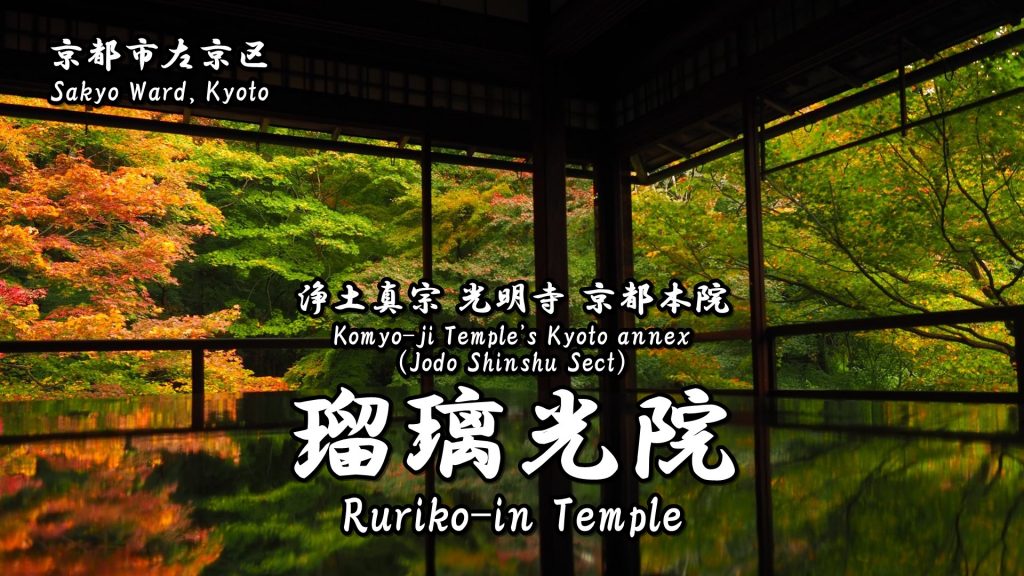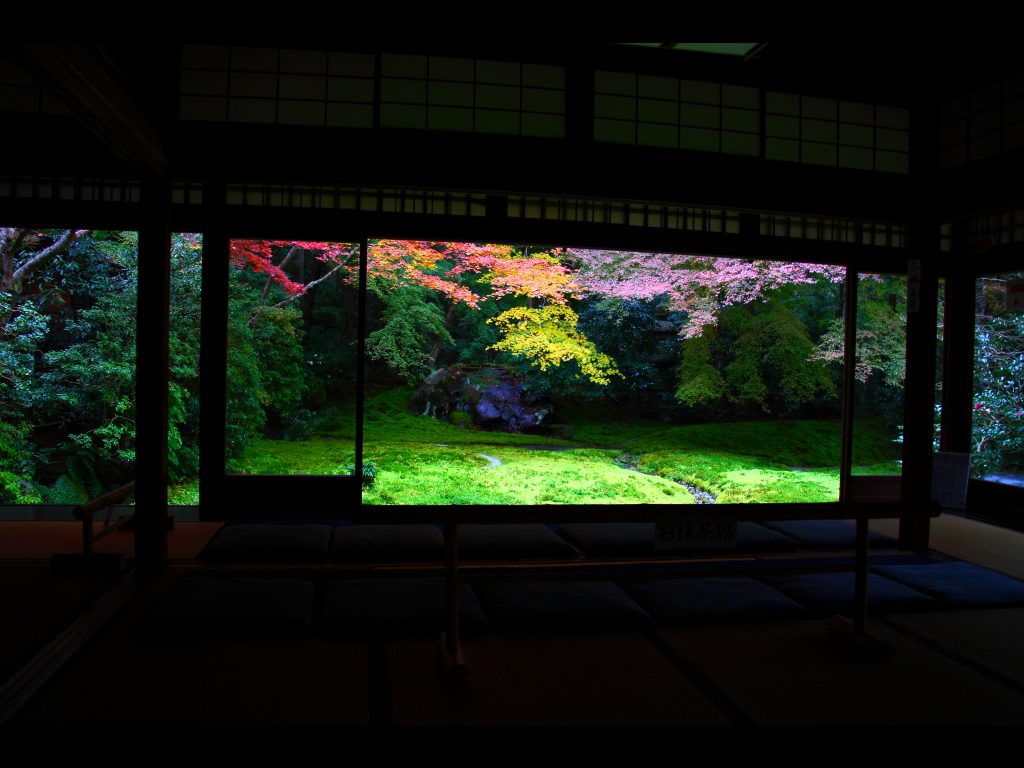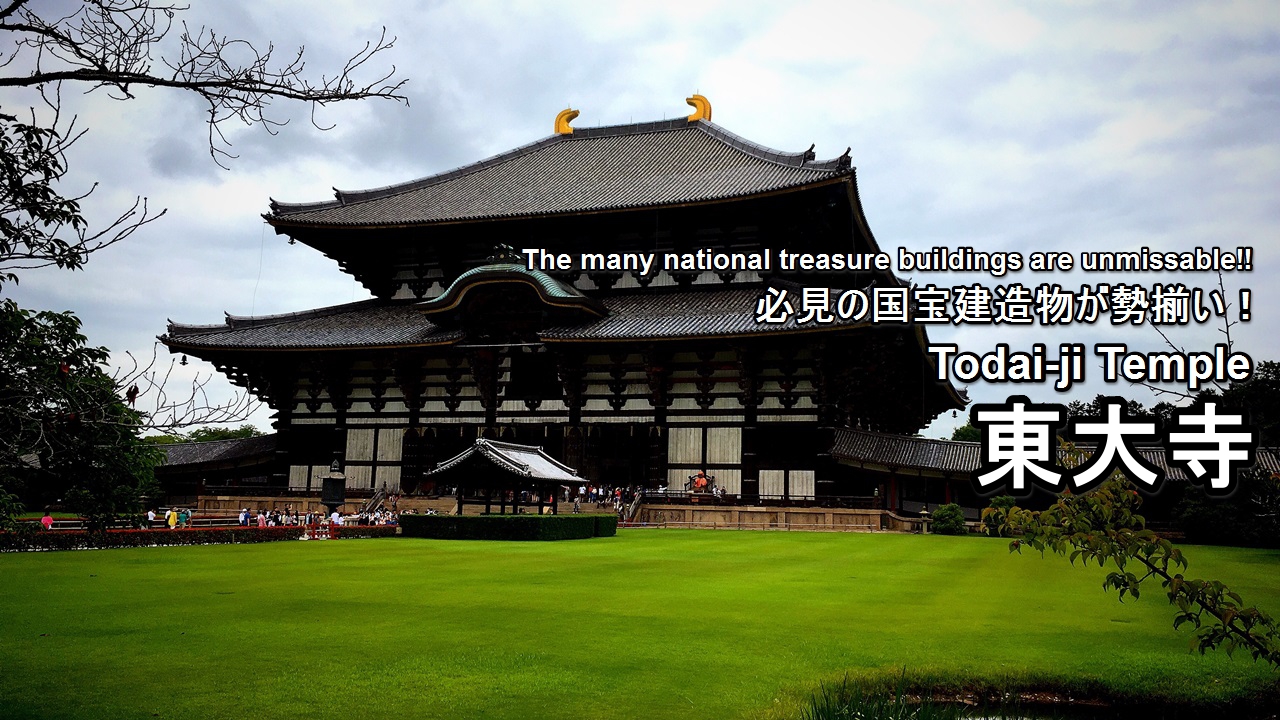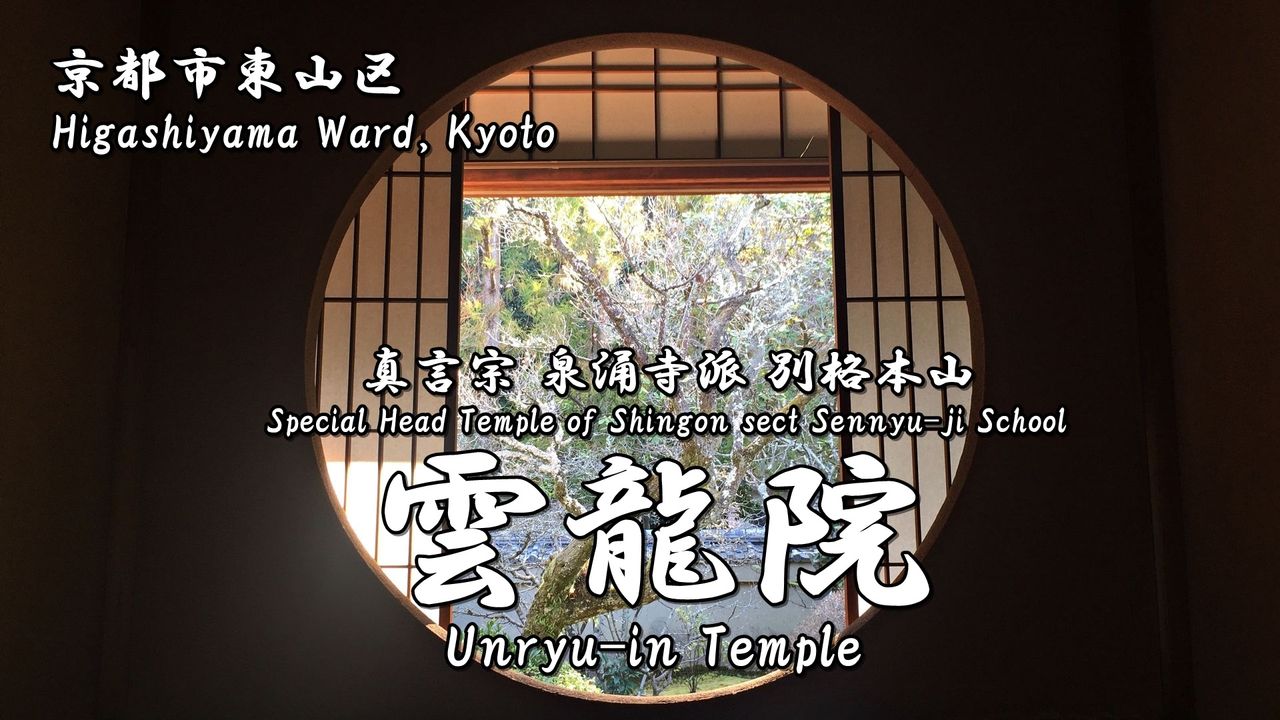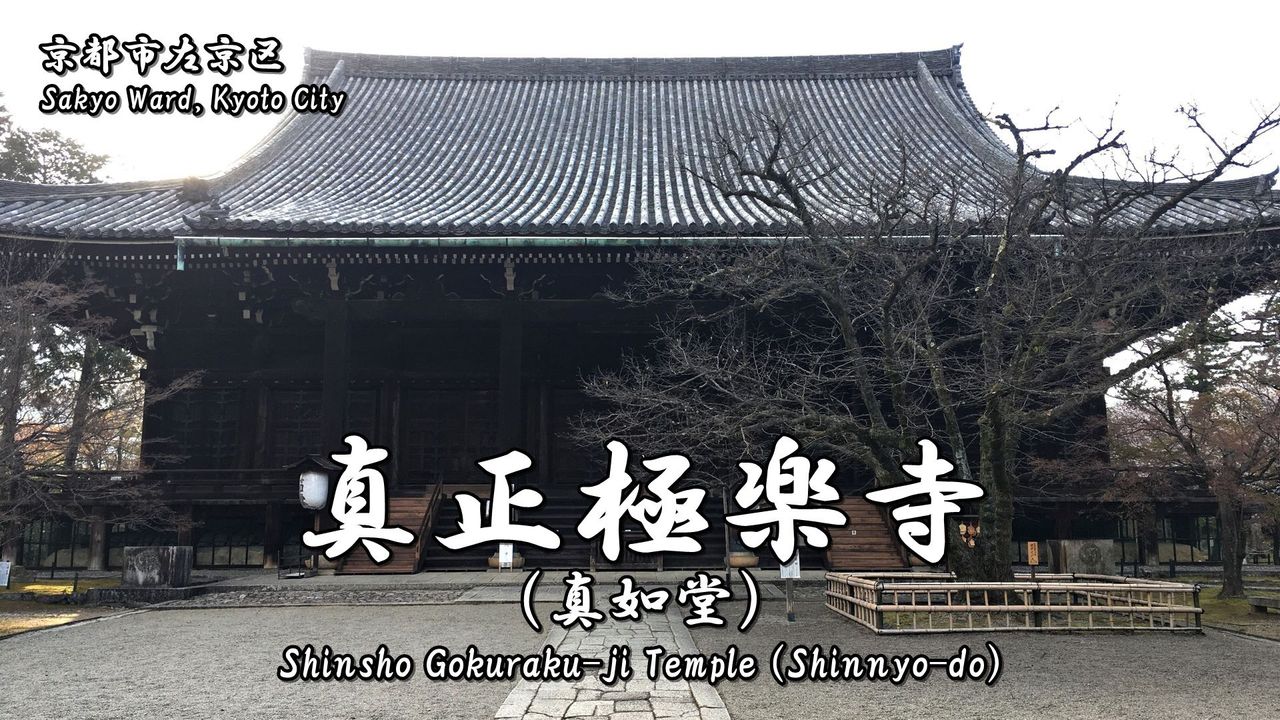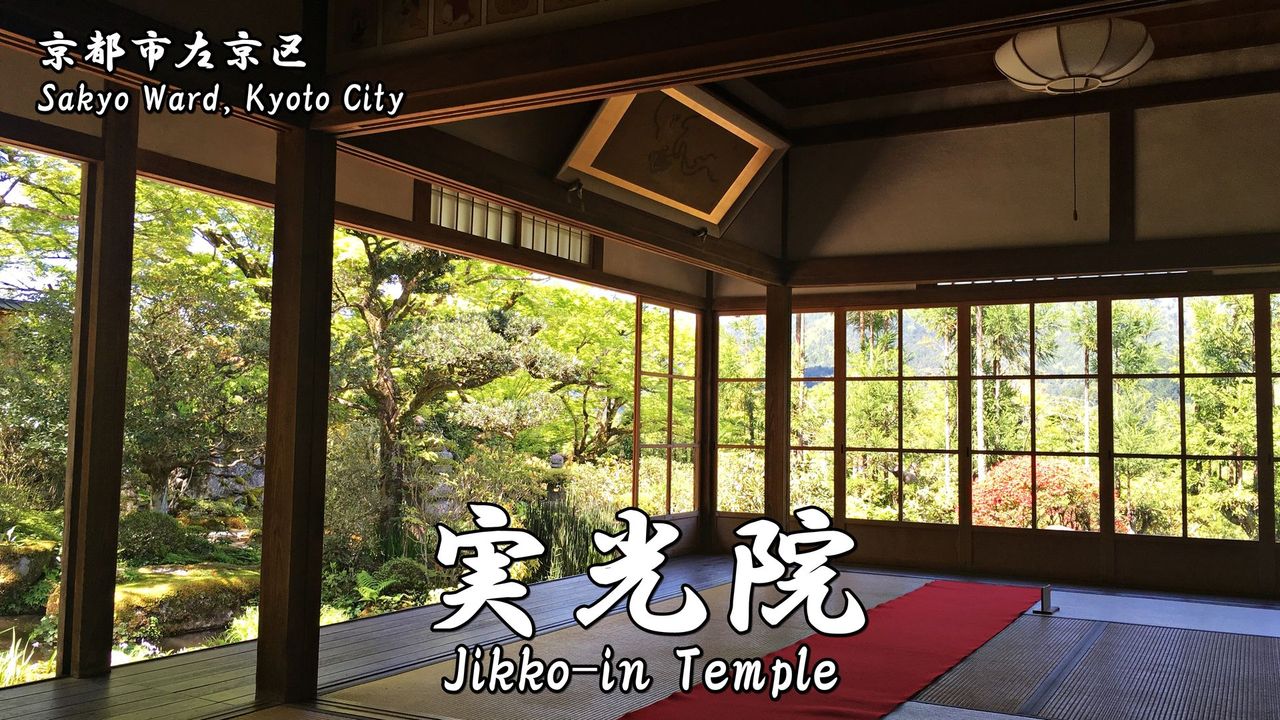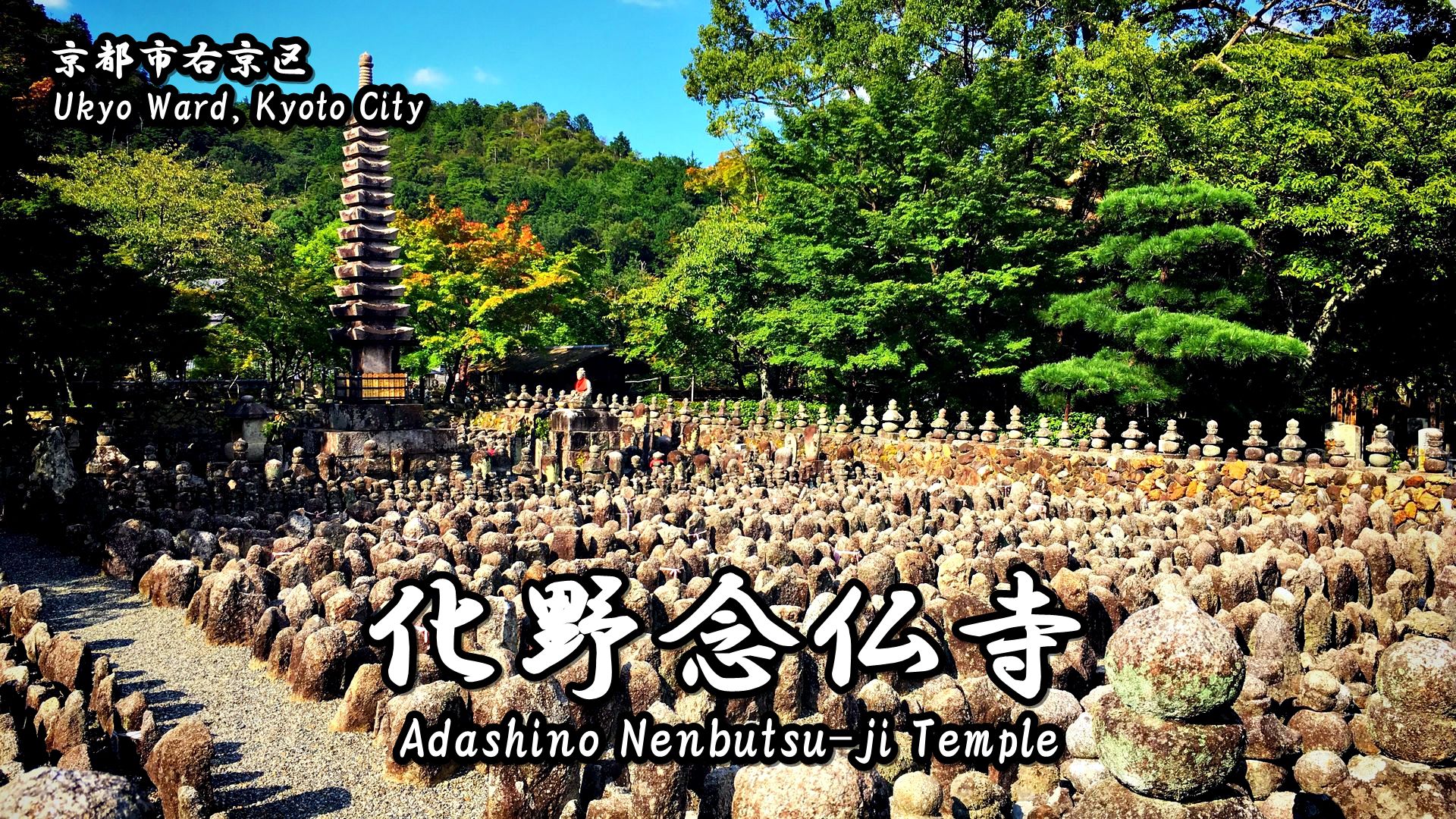Ruriko-in temple.
This spot is in the northern suburb of Kyoto which is called Yase-Ohara.
“Where is a famous place of the fresh green and colored leaves of Kyoto?”
The answer is … Ruriko-in temple!!
There are many people answering as stated above.
As above, the fresh green and the scenery of colored leaves to look at from the Shoin (Study Hall) of this natural beauty spot are splendid.
Ruriko-in temple is exhibited twice every year, in spring and autumn.
If you come to Kyoto in spring or autumn, please try to come to this temple once.
Anyway, it’s a superb view.
Contents:
- About Ruriko-in temple
- Time-limited special admission
- The highlights of Ruriko-in temple
- Goshuin(The stamp of shrine or temple) of Ruriko-in temple
- Louis Icart Art Museum Kyoto
- How to get to Ruriko-in temple
- Hotel search & reservation around Ruriko-in
1.About Ruriko-in temple
Emperor Tenmu injured his back in the Onin War.And he got a cure in a Kama-buro at this area.So the place was named Yase.
Successive Monzeki of Hongan-ji temple ――a member of nobility or imperial family――have been recorded as often visited.
Meiji era, elder statesman Sanetomi Sanjo named the hermitage as “Kikaku-tei”, left the autograph of naming.You can see this at Rurikoin.
Early Showa era from Taisho era late,architecture was produced by Sotoji Nakamura, landscape gardening was by famous gardener to draw a flow of Sano Toemon.
The architecture and the garden is full of Japaneseness and there have been popular in a lot of people.
It is also famous for it has become the competition field of game of Go Honinbo position.
Currently, for the purpose of protection and the public interest of cultural assets, it has published to the general public.And we offer peace to everyone.
引用(citation):http://rurikoin.komyoji.com/lp/en/
Ruriko-in temple is a temple located in Yase-Ohara which is northan place of Kyoto.
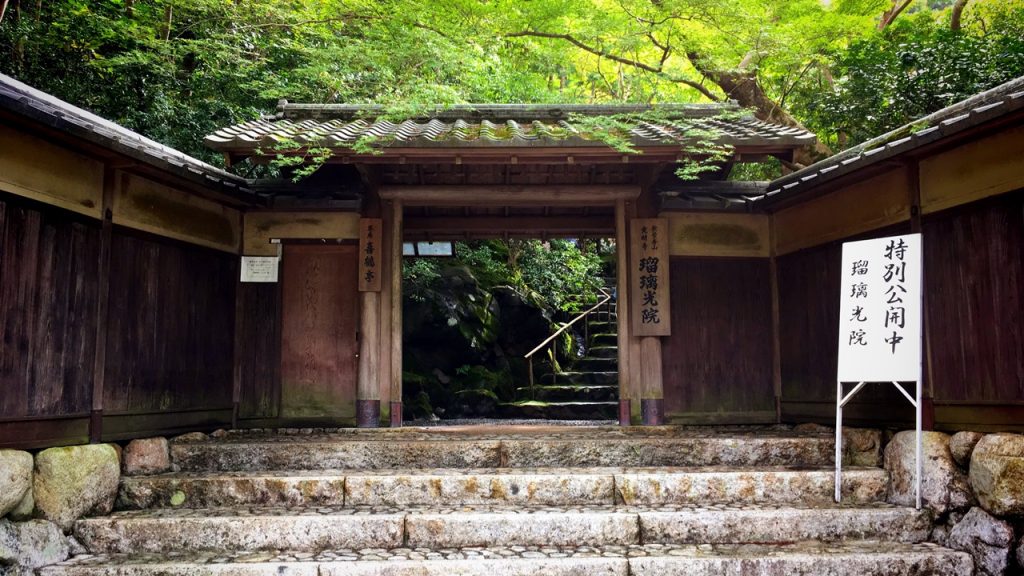
This temple is branch temple of Komyo-ji Temple which is Jodo Shinshu Sect in Gifu.
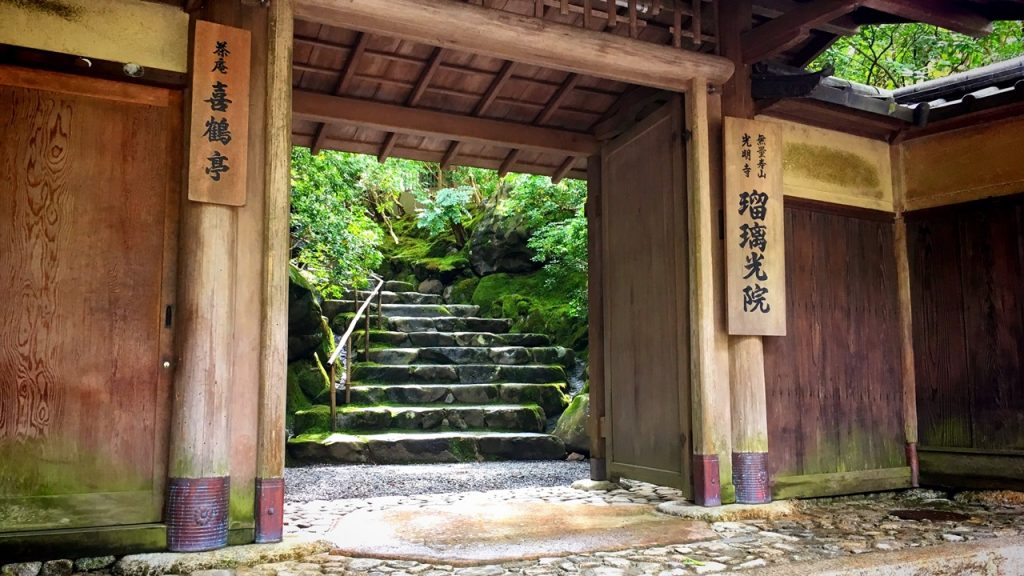
Here we can enjoy the seasonal superb view of the autumn colors and the spring colors in autumn and spring.
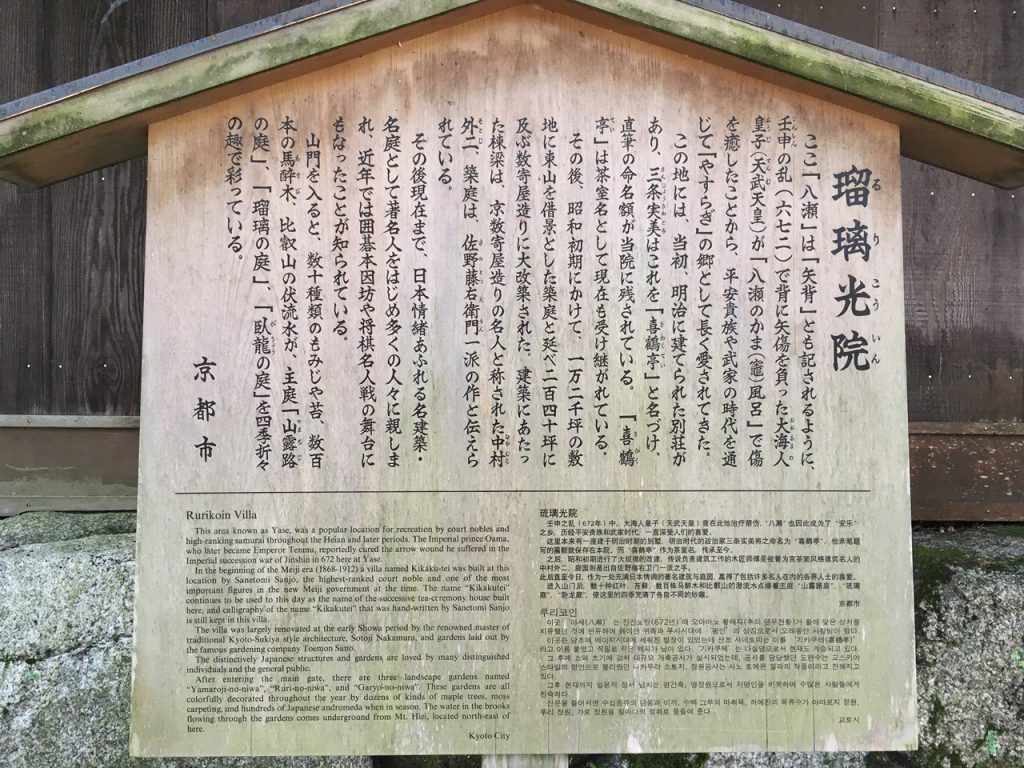
This temple is a small temple, but is very popular.
There are many tourists in this temple even in the morning of weekday.
It is crowded still more on a holiday.
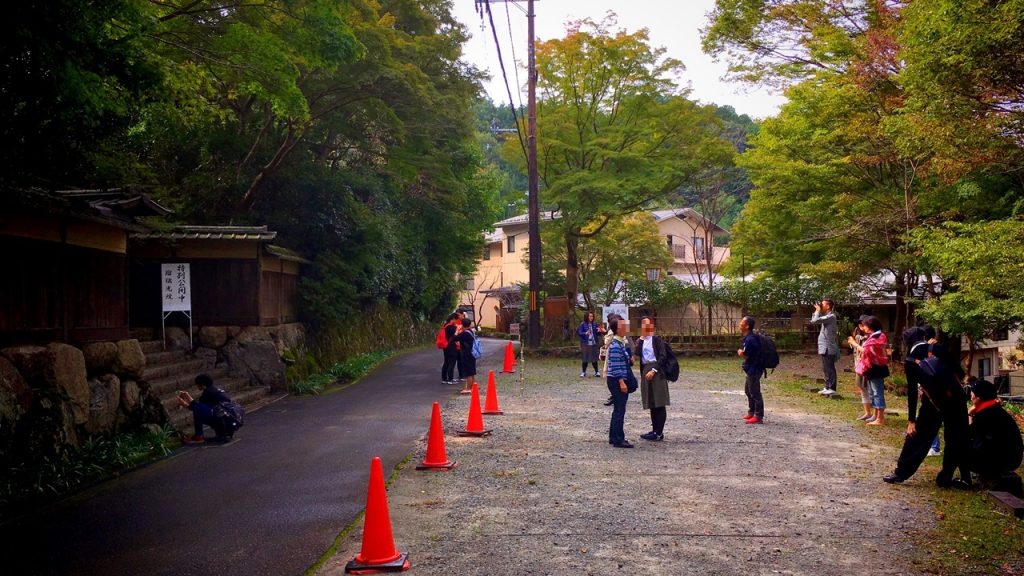
Admission fee is 2,000 yen.(Autumn of 2016) It’s so expensive…!!
However, I think that this place is worth paying the admission fee.
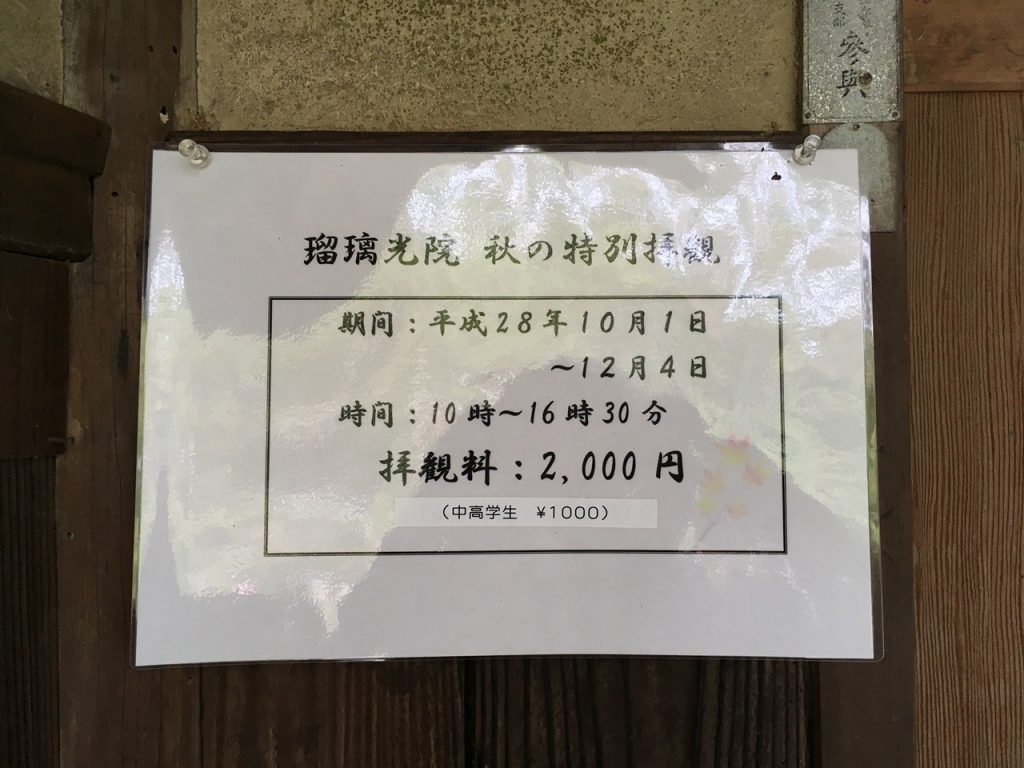
When we pay admission, we can get a sutra copying paper, a ball-point pen and a pamphlet.
(We can perform the copying of a sutra in 2F of the Shoin(Study Hall).)
In addition, we can get also the ticket of an art museum(Louis Icart Art Museum Kyoto) near this temple.
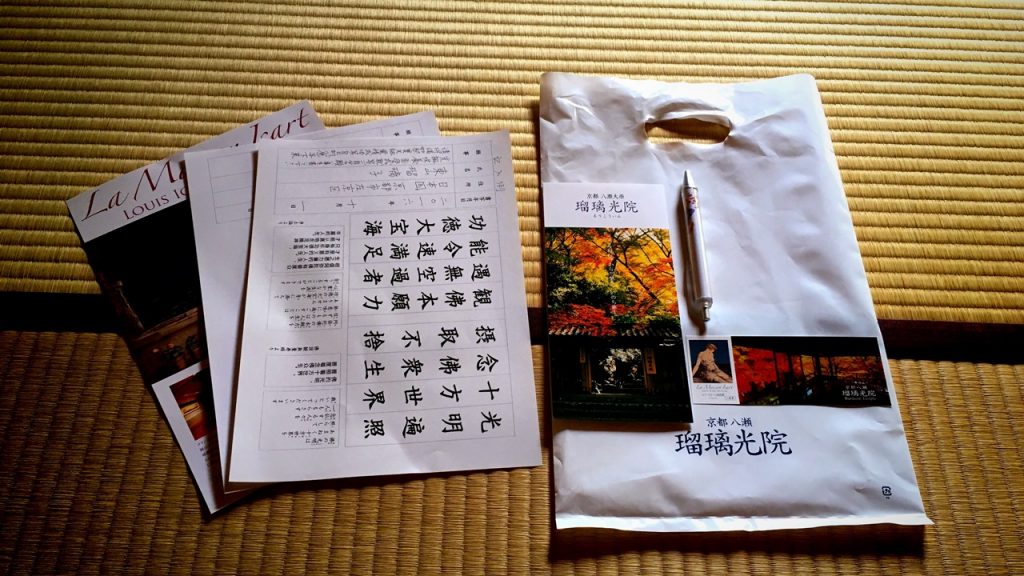
2.Time-limited special admission
Ruriko-in temple is exhibited twice every year, in spring and autumn.
(We cannot enter this place other than this period.)

Special admission period(reference) : Spring(from April to May), Autumn(from October to November)
Special admission period is changed every year.
Please confirm a homepage by all means.
Open:10:00~16:30
Admission Fee:2,000 yen
Address:55, Kamitakanohigashiyama, Sakyo-ku Kyoto-shi, Kyoto, 606-0067, Japan
Phone Number:+81-75-781-4001
If you come to Kyoto in spring or autumn, please try to come to this temple once.
3.The highlights of Ruriko-in temple
Anyway, at first, please watch the youtube…
Youtube:【公式】京都 八瀬大原 瑠璃光院
Youtube:瑠璃光院(京都 八瀬大原)(Ruriko-in temple(Yase-Ohara, Kyoto))
How did you like it?
I think that you were able to understand the charm of this place.
Because it’s a rare opportunity for me to convey the appeal of this temple, I would like to introduce this temple with my photos.
All right, let’s enter Ruriko-in temple!!
There is the approach to a temple of the stone stairs when we pass through the Sanmon gate (temple gate).

There is a 2-story building in the depths of the Sanmon gate (temple gate).
This building is Shoin (Study Hall).
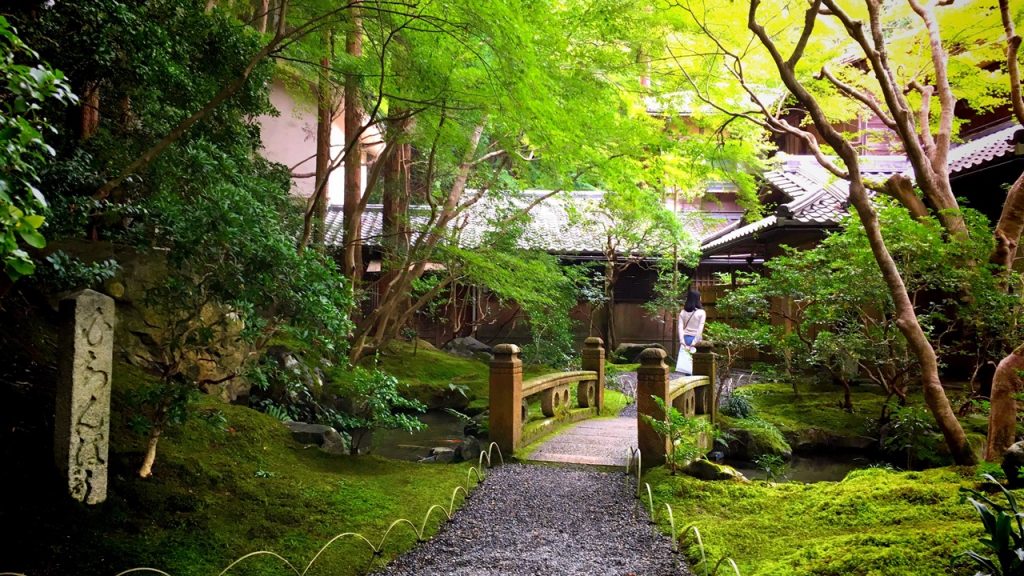
When we enter the building, at first we are guided in the Tatami room.
The view from this room is a famous photography spot. d(*゚ー゚*)
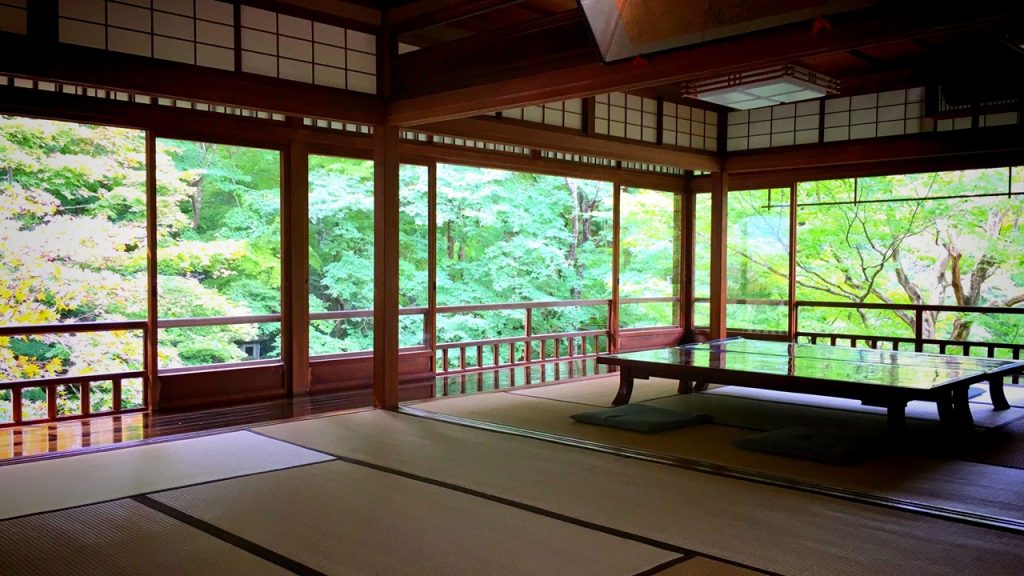
Colored leaves begin in the middle of November.
(I visited here in the middle of October.)
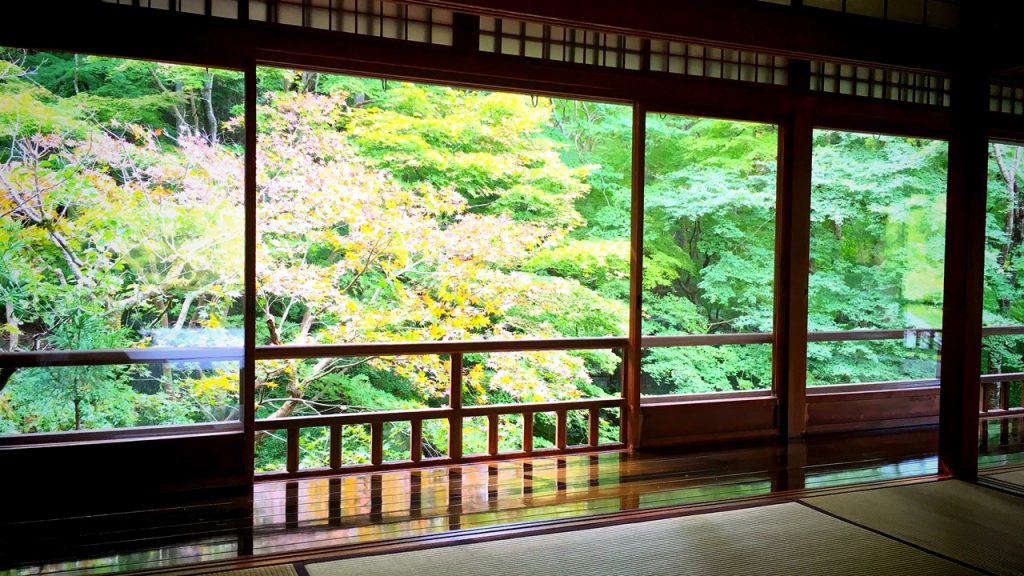
We can look at such a splendid superb view at the time of colored leaves!!
I think that this scenery is one of the most beautiful scenery of Japan…!!
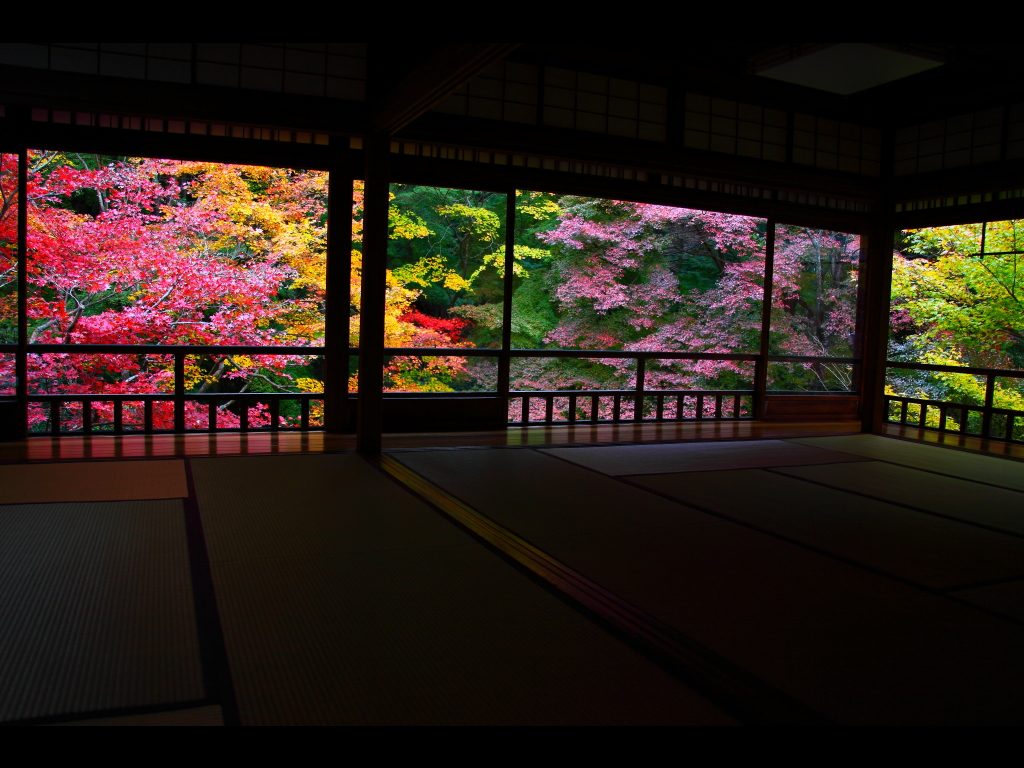

引用(citation):http://k-kabegami.sakura.ne.jp/rurikouin/index.html
This garden is called “Ruri-no-Niwa(the garden of lapis lazuli)“.
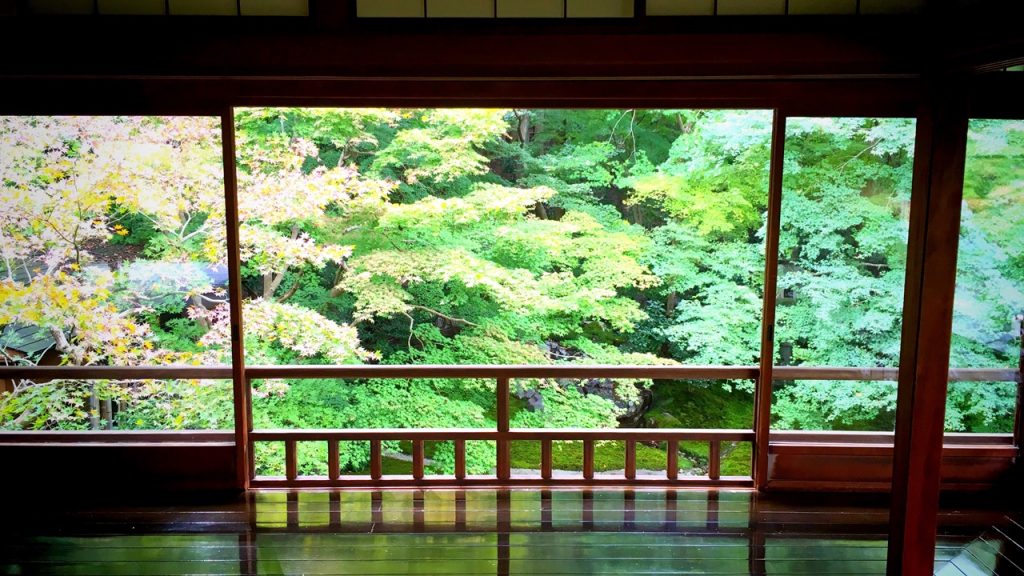
The floor of this building is lacquering.
Therefore outside scenery reflects in the floor.
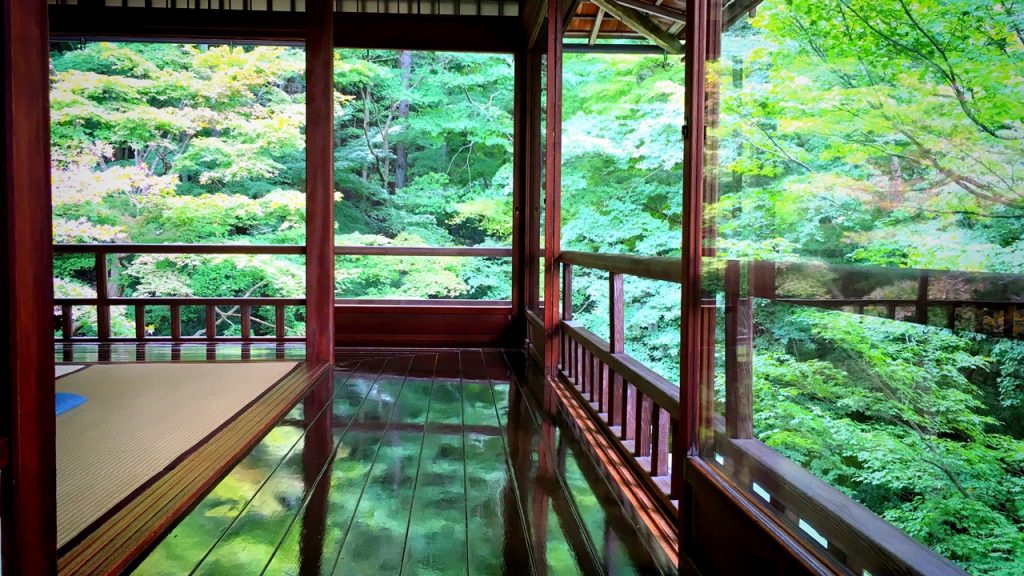
The floor is polished to a bright shine!!
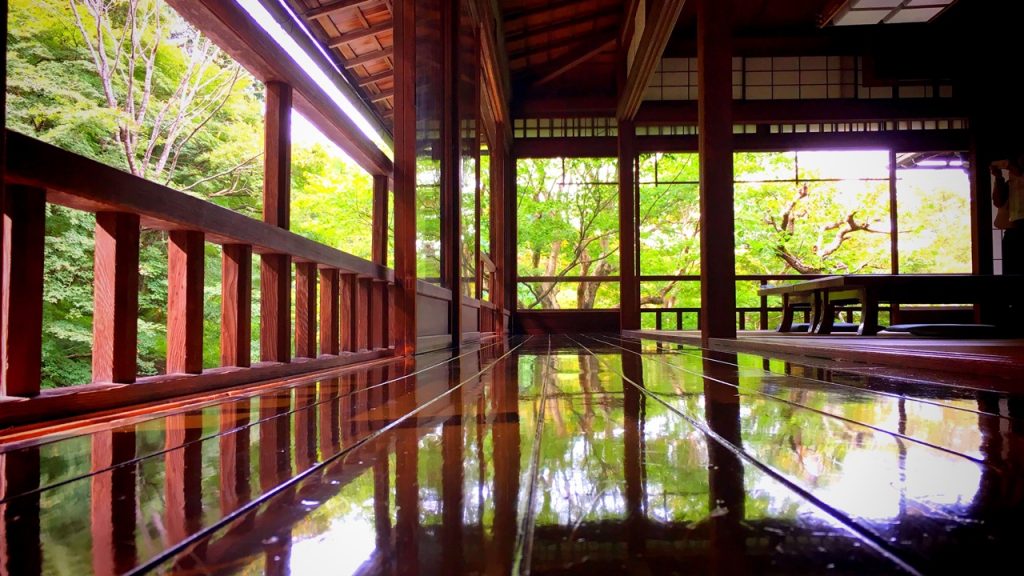
The garden is covered with moss.
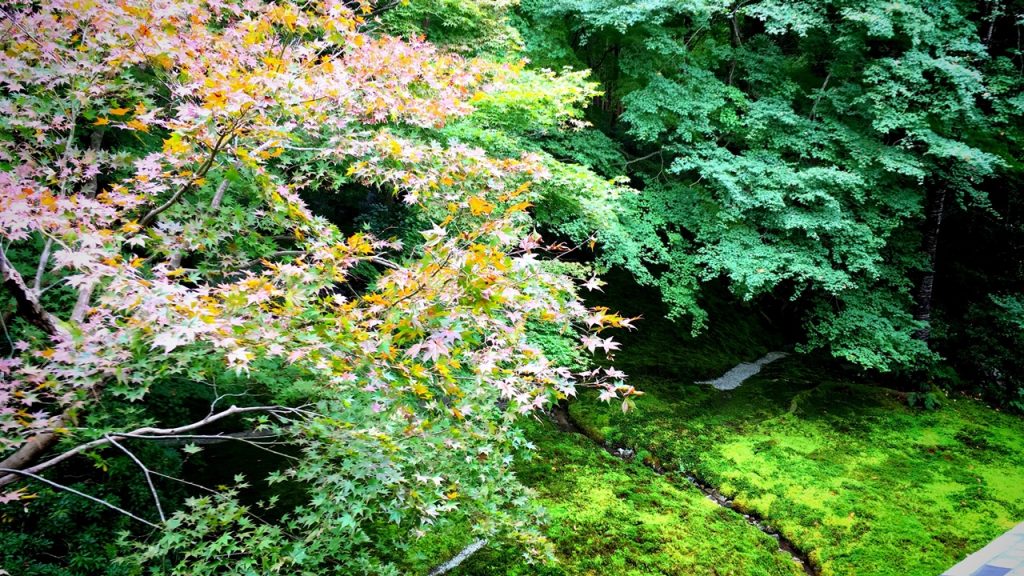
There are remains of an ancient structure called “Yase-no-Kamaburo” in the first floor of Shoin (Study Hall).
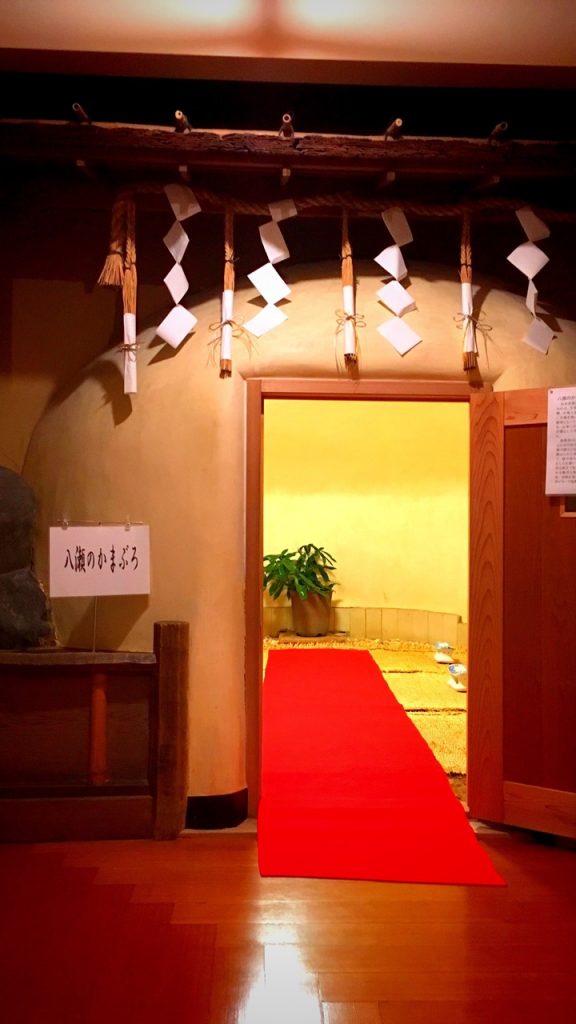
This is an ancient Japanese style sauna. (○´艸`)
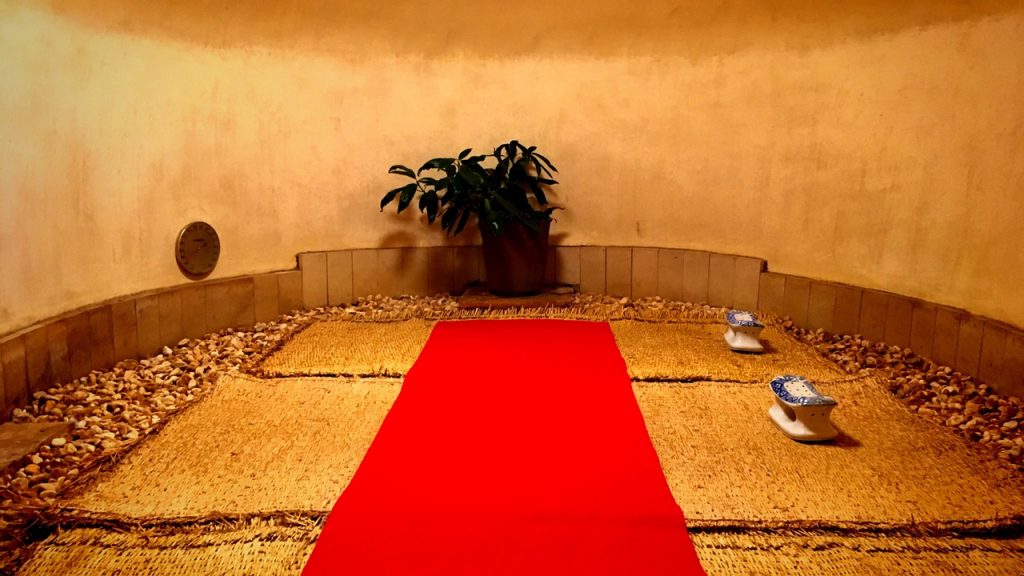
This is the first floor of Shoin (Study Hall).
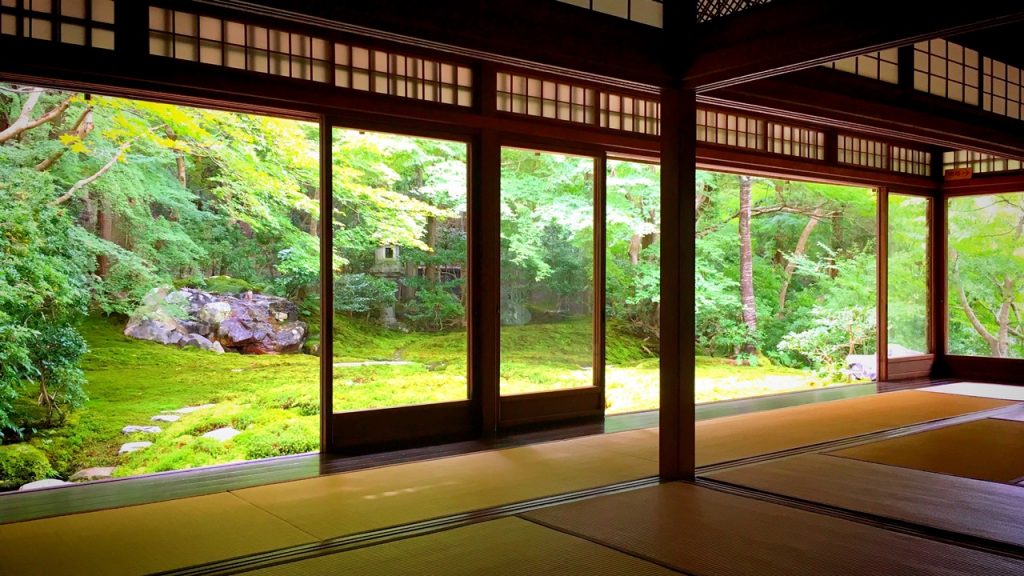
The scenery of the first floor is different from the scenery of the second floor. (○´艸`)
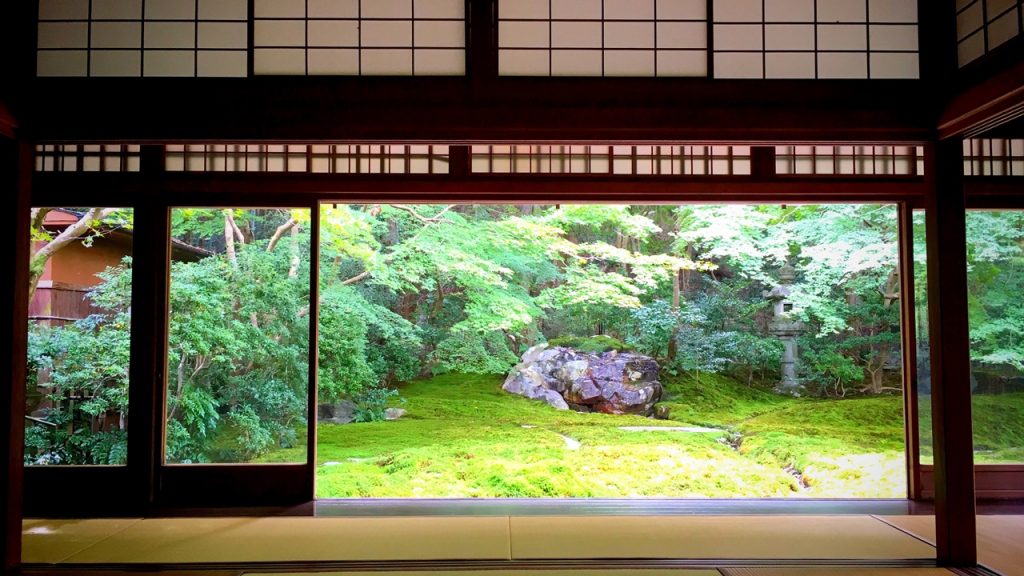
The green of the maple is dazzling. (*´・ェ・`*)
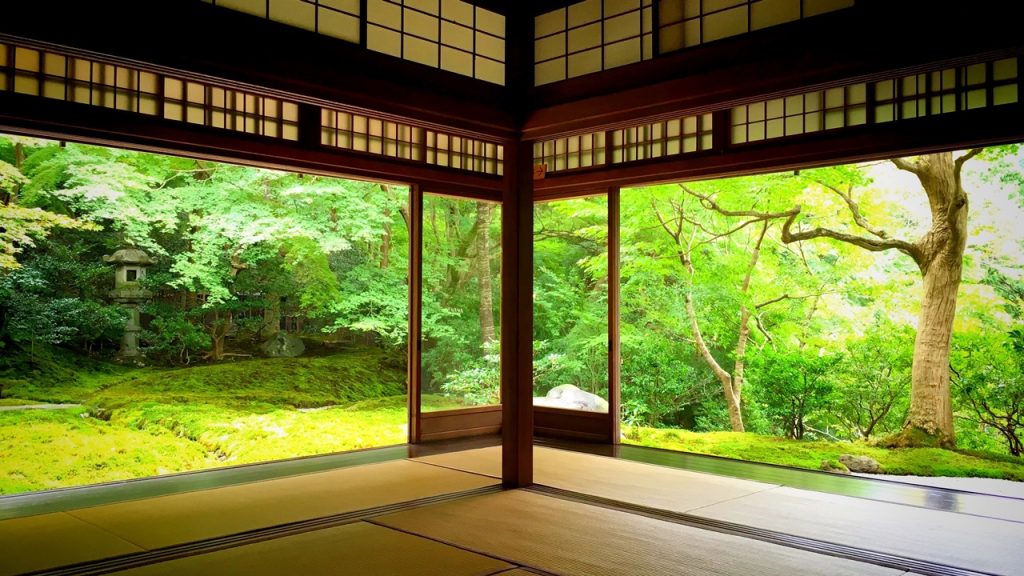
After having visited the Shoin (Study Hall), we are guided to the tea-ceremony room which is called “Kikaku-Tei“.
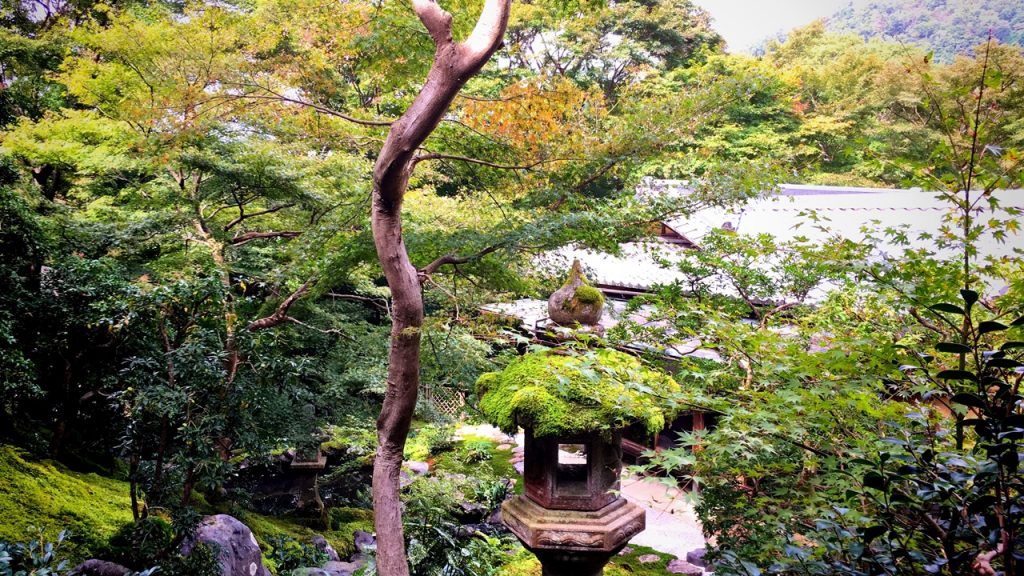
This tea-ceremony room was named by Sanetomi Sanjo(三条実美) who was one of the leaders of the Meiji government.

This garden is called “Garyo-no-Niwa“, and is a chisen kanshoshiki teien garden (literally, pond appreciation style garden).
The rock and flow of the water of this garden expresses a dragon rising to the sky.
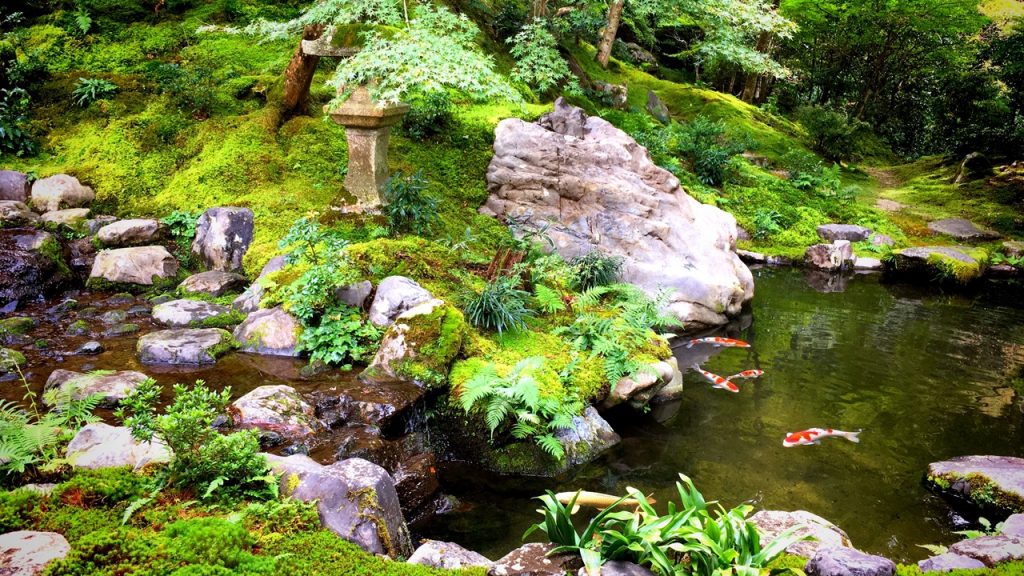
I never tire of gazing upon this view. d(*゚ー゚*)
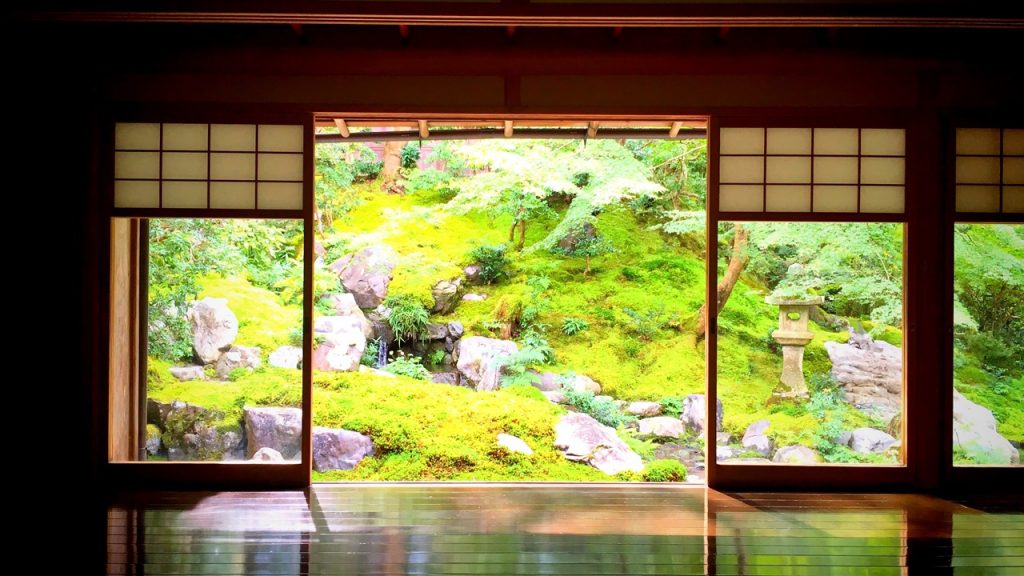
4.Goshuin(The stamp of shrine or temple) of Ruriko-in temple
There is one more pleasure other than scenery in this temple.
We can stamp a Goshuin(The stamp of shrine or temple) by oneself here.
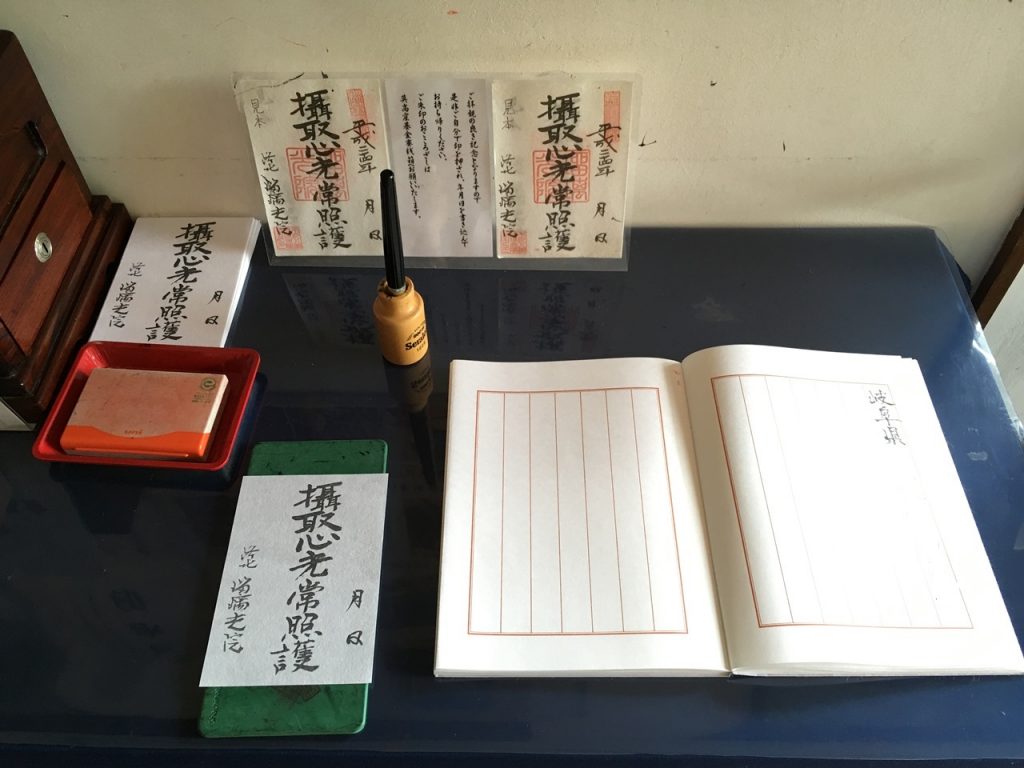
At first, let’s write a date on the paper prepared beforehand.
Second, let’s stamp the designated place with red seal.
Completion of the Goshuin!!
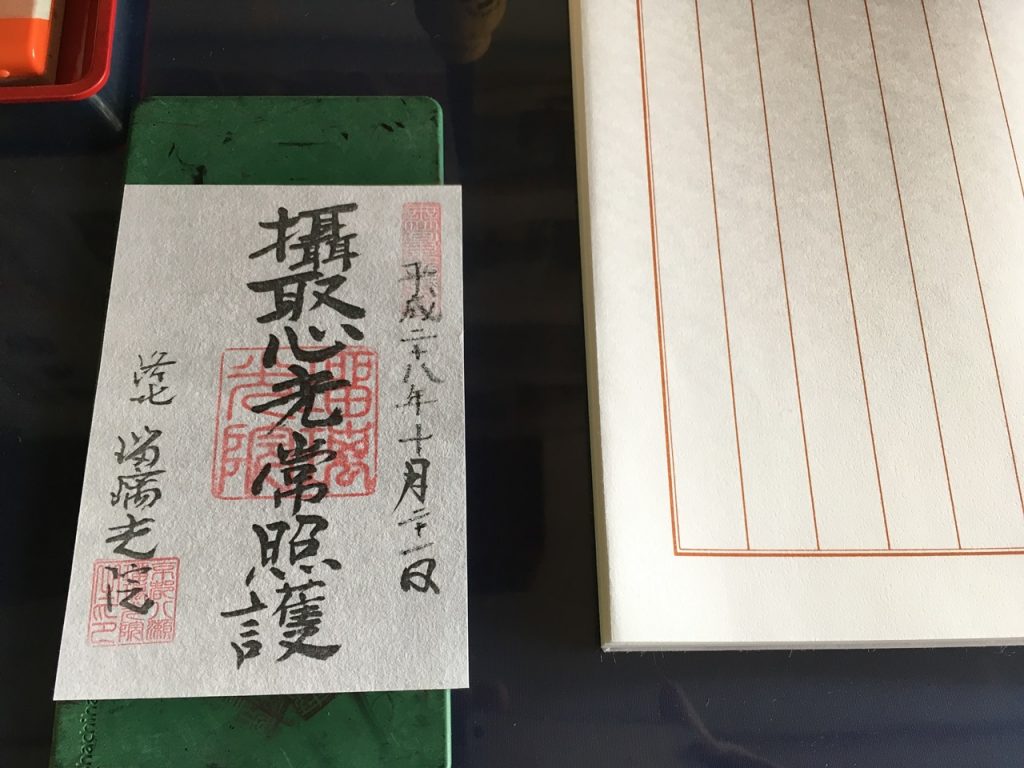
This Temple’s Sumigaki(The words which was written with a sumi(black ink)) is “攝取心光常照護”.
The meaning of this word is “Buddha always watch over us forever.”.
This word are the words that Shinran who is an initiator of the Jodo Shin sect of Buddhism left.
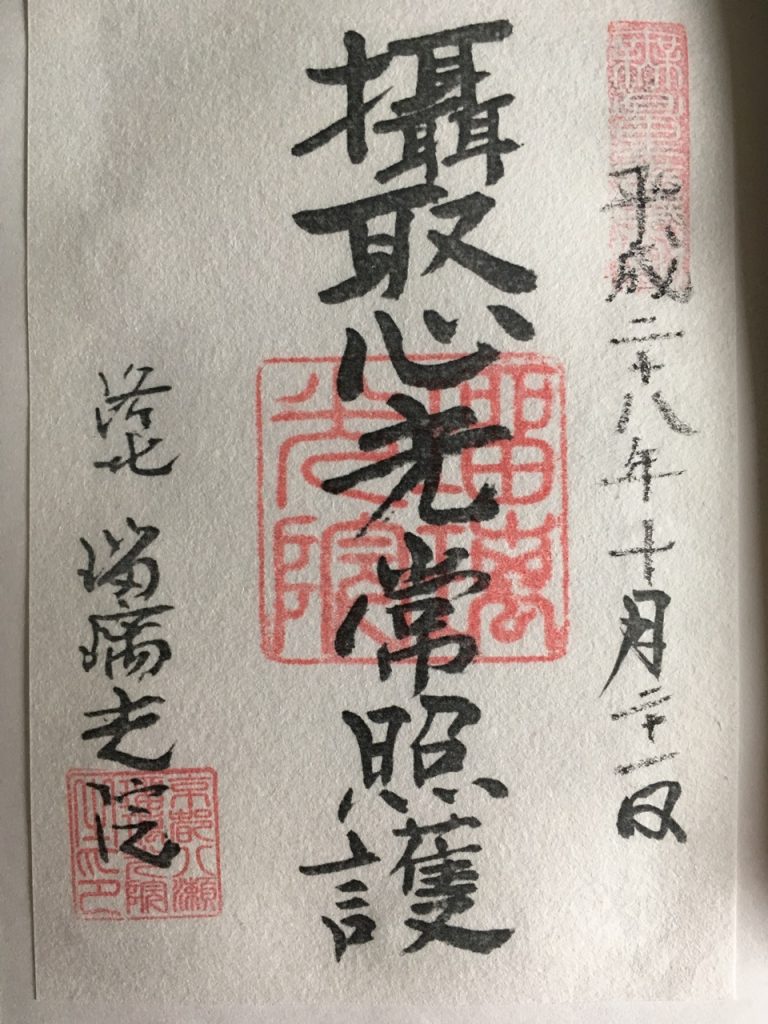
5.Louis Icart Art Museum Kyoto
There is an art museum named Louis Icart Art Museum Kyoto near Ruriko-in temple.
The admission fee of this art museum is included in admission fee of Ruriko-in temple.
Let’s drop in at this museum after you visited Ruriko-in temple.
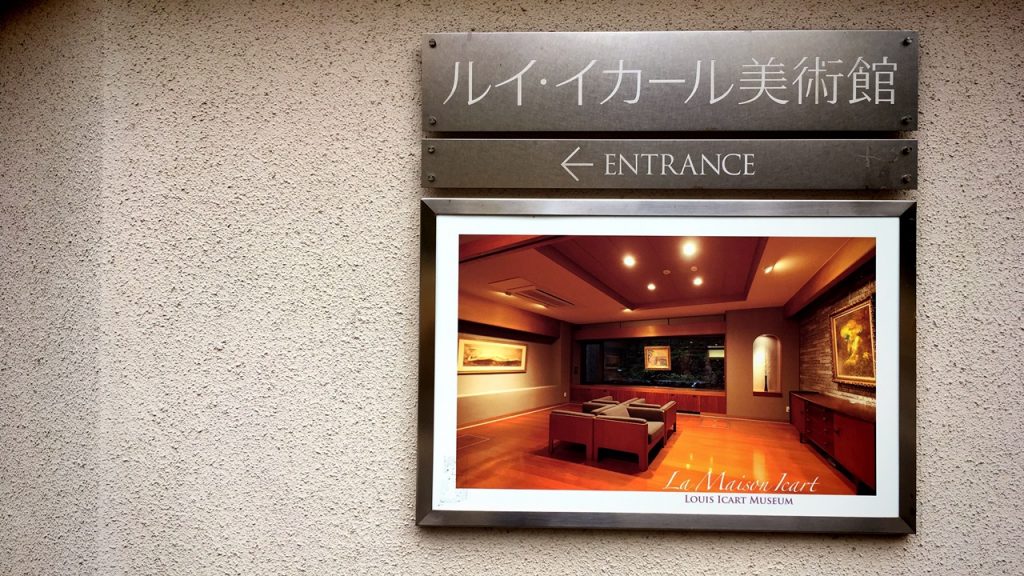
There is this art museum between Yase-Hieizanguchi Station and Ruriko-in temple.
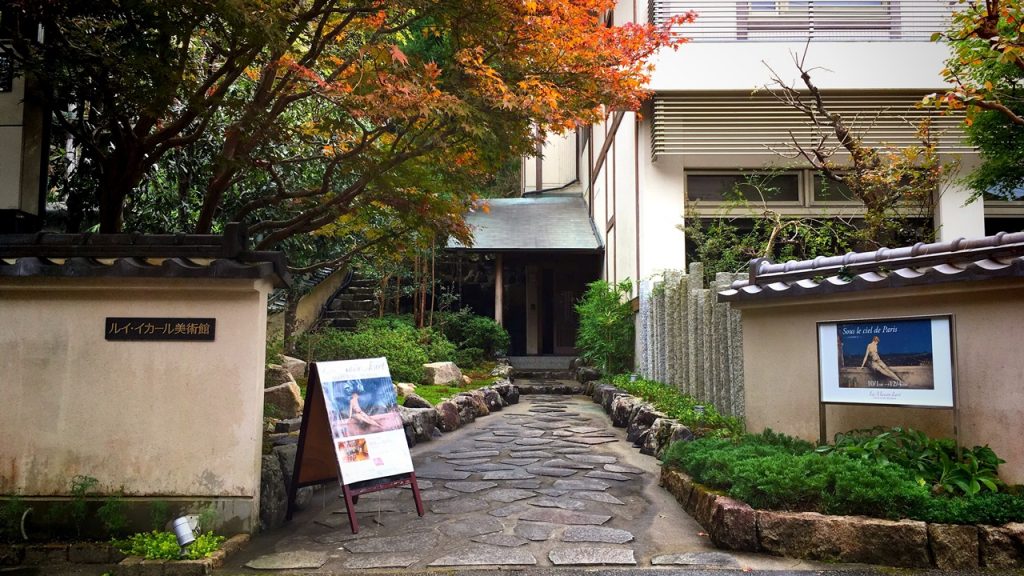
Louis Icart is the painter who played an active part in France in the art deco era.
A characteristic of his picture is drawing a woman of gorgeous Paris.
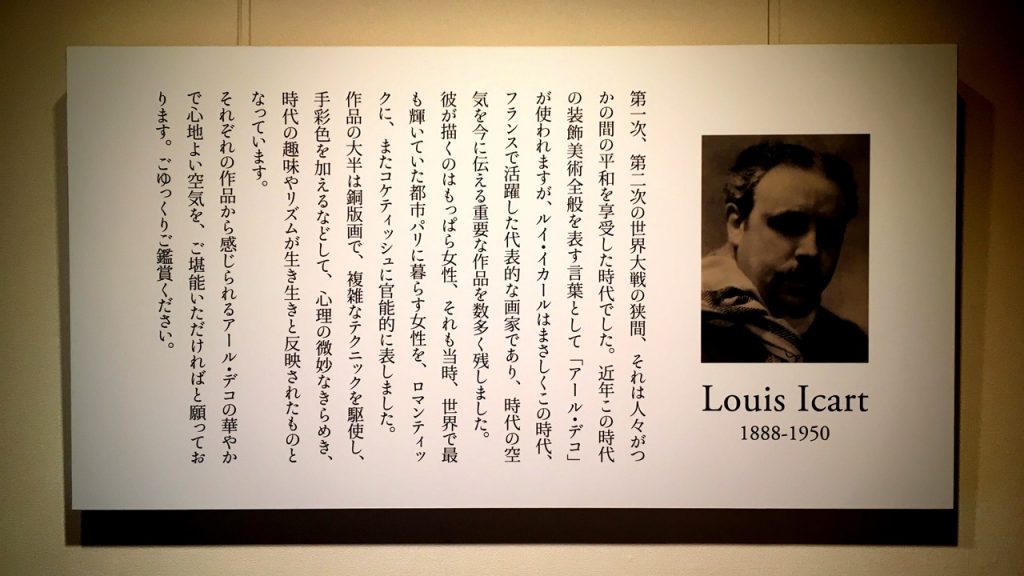
We can take a picture of the inside of this art museum.
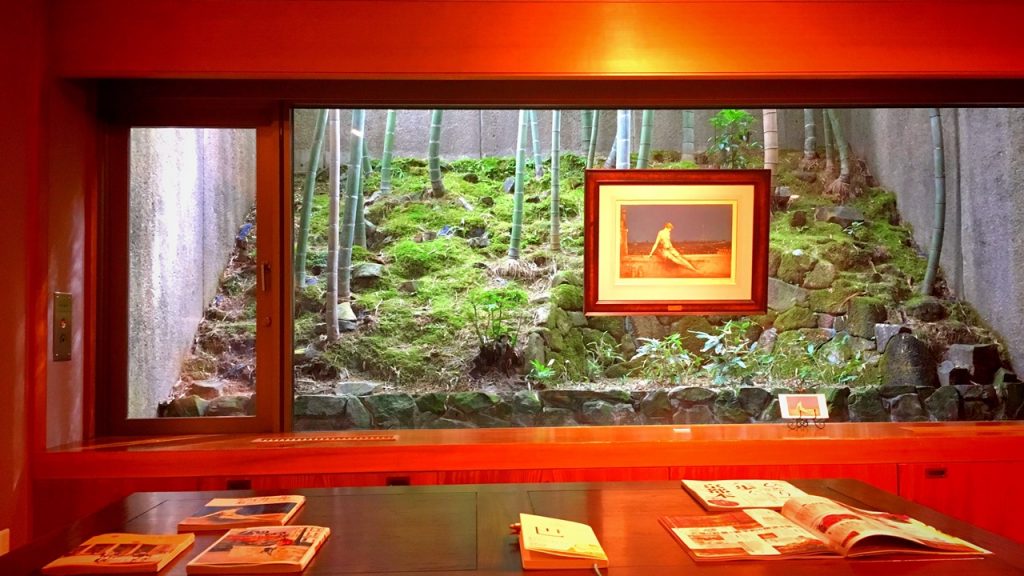
The most of his work are copperplate engravings.
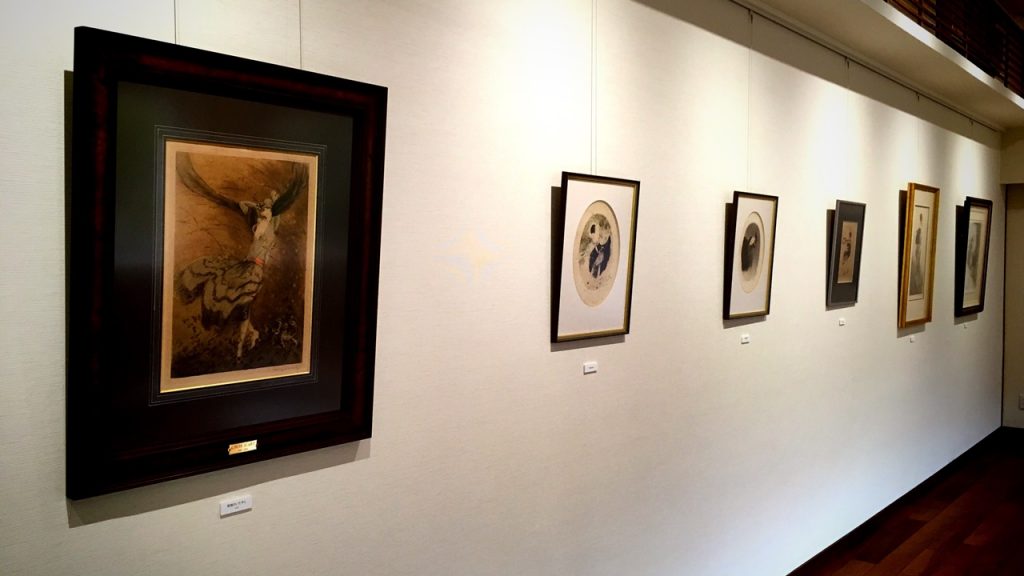
A lady of gorgeous Paris is drawn delicately. (○´艸`)
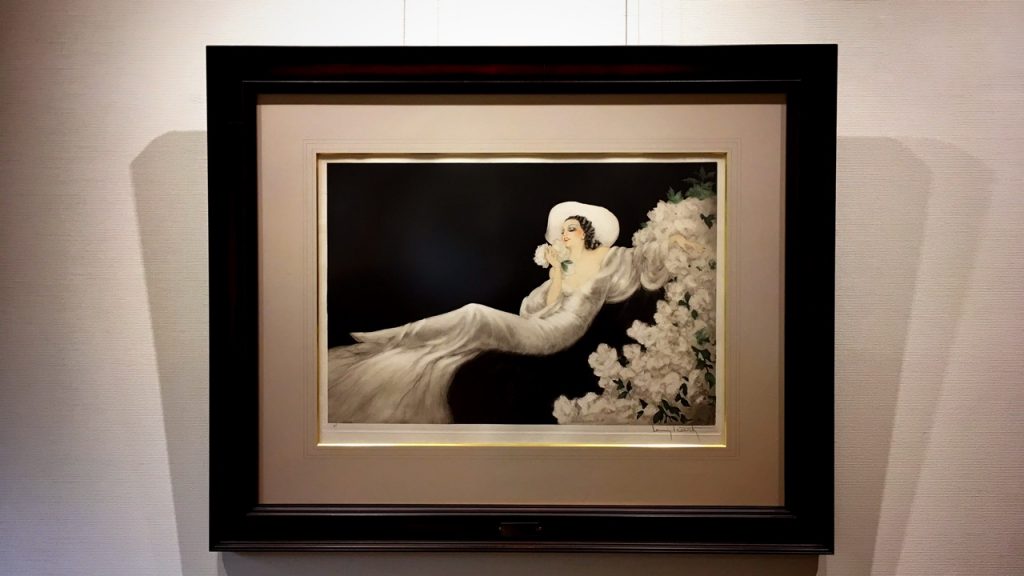
In this art museum, the design of the room is wonderful, too.
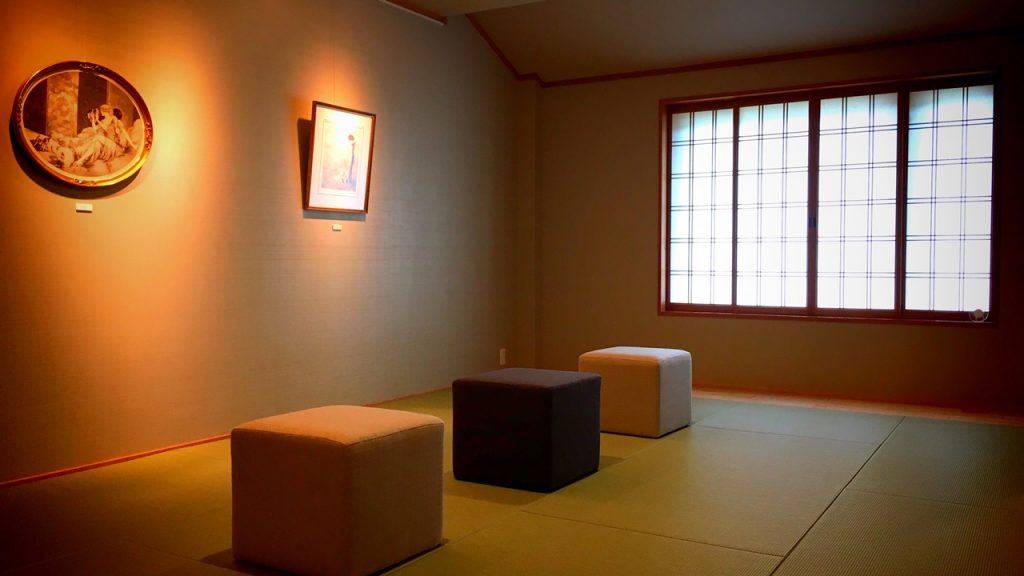
There is a break space in the first floor of this art museum.
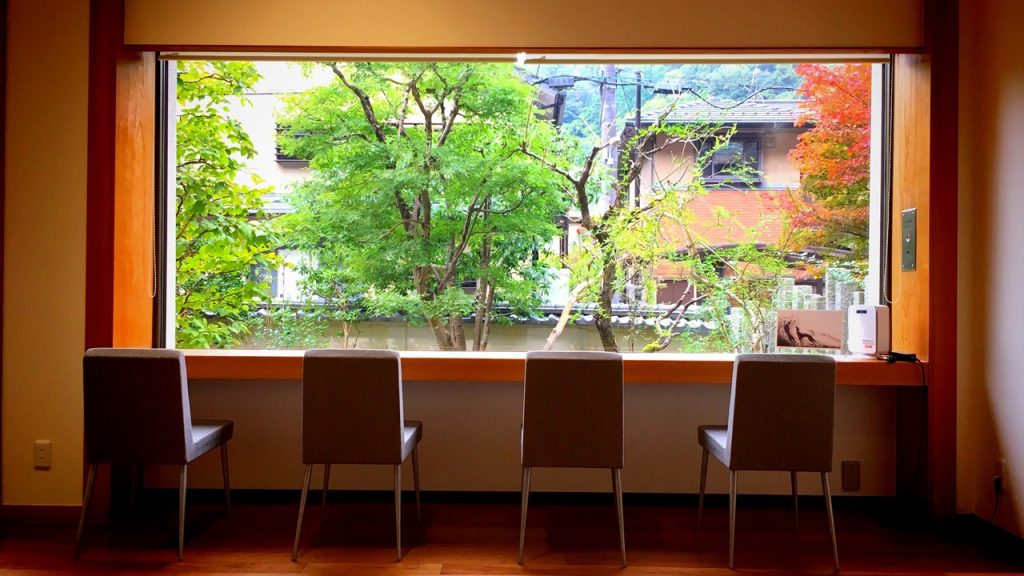
The souvenirs such as postcards are sold at the souvenir shop.
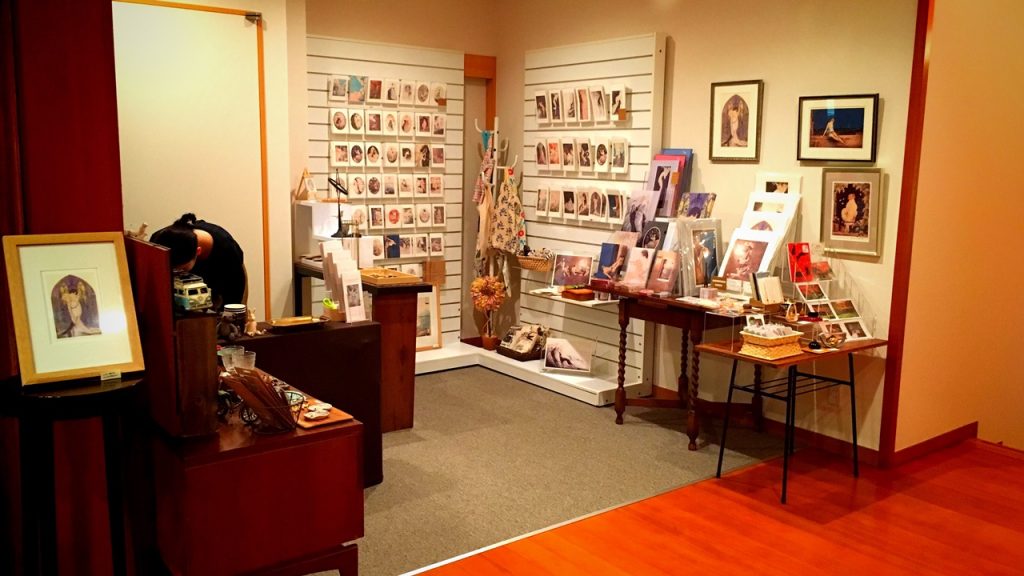
6.How to get to Ruriko-in temple
The nearest station of Ruriko-in temple is “Eizan Electric Railway Yase-Hieizanguchi Station”.
(We can also go by bus from ‘JR Kyoto Station’, ‘Hankyu Kawaramachi Station’, and ‘Demachiyanagi Station’.)
■Route Example (From Osaka Station to Yase-Hieizanguchi Station)
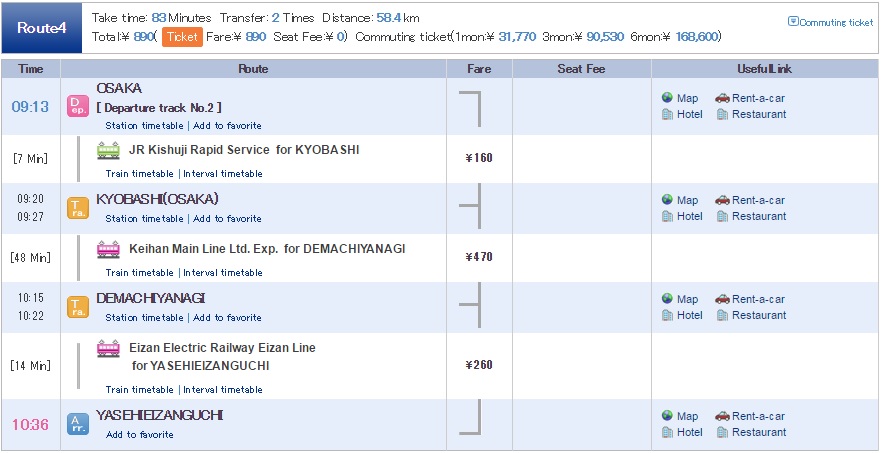
■Route Example (From Namba Station to Yase-Hieizanguchi Station)
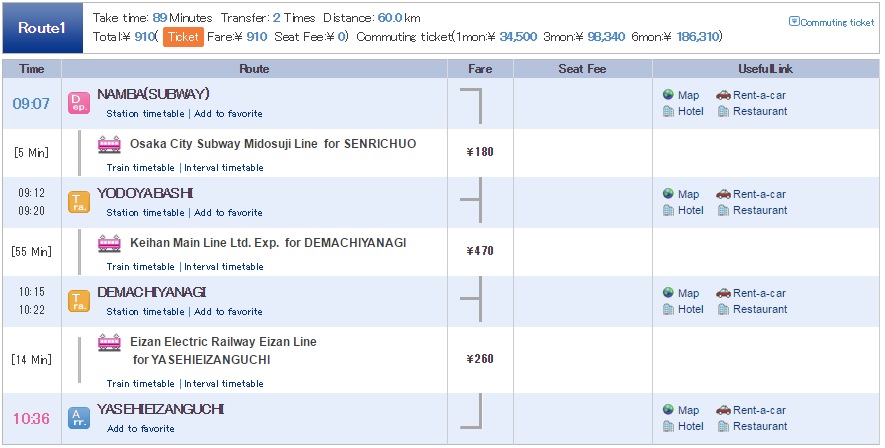
■Route Example (From Kyoto Station to Yase-Hieizanguchi Station)
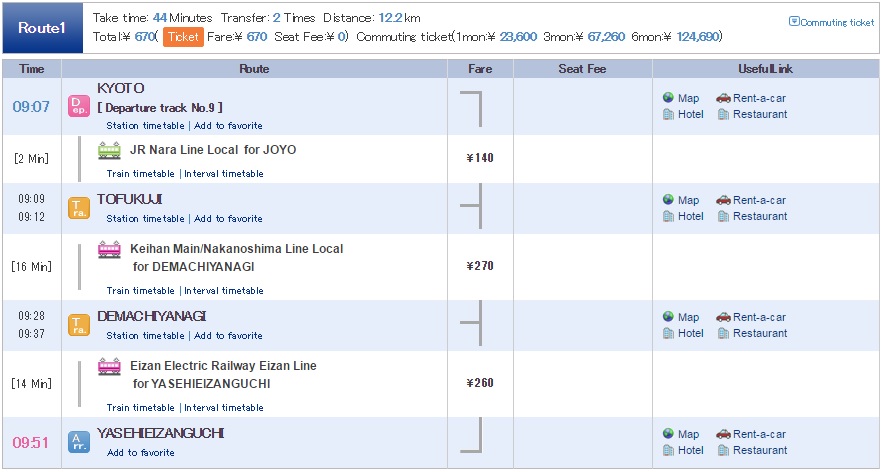
■When you go on foot from Yase-Hieizan Station
It’s about 6 minutes (350m) on foot.

■When you get on a bus from JR Kyoto Station
Timetable and Route Search of bus
・Kyoto Sta.[C3]:17/Bound for Ohara
Bus company:Kyoto Bus
Routes/Destination:17/Bound for Ohara
Boarding bus stop:Kyoto Sta.[C3]
Alighting bus stop:Yase Sta.
Bus fare:390 yen
Time required:About 54 min
■When you get on a bus from Hankyu Kawaramachi Station
Timetable and Route Search of bus
・Shijo Kawaramachi:17/Bound for Ohara
Bus company:Kyoto Bus
Routes/Destination:17/Bound for Ohara
Boarding bus stop:Shijo Kawaramachi
Alighting bus stop:Yase Sta.
Bus fare:330 yen
Time required:About 34 min
■When you get on a bus from Demachiyanagi Station
Timetable and Route Search of bus
・Demachiyanagi Sta. [C]:17/Bound for Ohara
Bus company:Kyoto Bus
Routes/Destination:17/Bound for Ohara
Boarding bus stop:Demachiyanagi Sta. [C]
Alighting bus stop:Yase Sta.
Bus fare:230 yen
Time required:About 18 min
■When you take a taxi
From Kyoto Station:4,210 yen ~ 5,200 yen (about 25 minutes)
From Gion-Shijo Station:3,250 yen ~ 3,920 yen (about 20 minutes)
From Demachiyanagi Station:1,250 yen ~ 1,520 yen (about 10 minutes)
・Let’s show a taxi driver the following phrase.

・If you want to call a taxi, let’s show the following phrase.

[Phone number of taxi dispatch : Around the Kyoto Station]*Japanese text only.
7.Hotel search & reservation around Ruriko-in
How did you like it?
Please try to go to this temple.
Have a nice trip! XD
<Let’s search the sightseeing information of Kansai in Japan on ‘Japan’s Travel Manual‘!!>
<This site introduces the easiest way to get Japanese (Kansai) sightseeing spots to you.>

